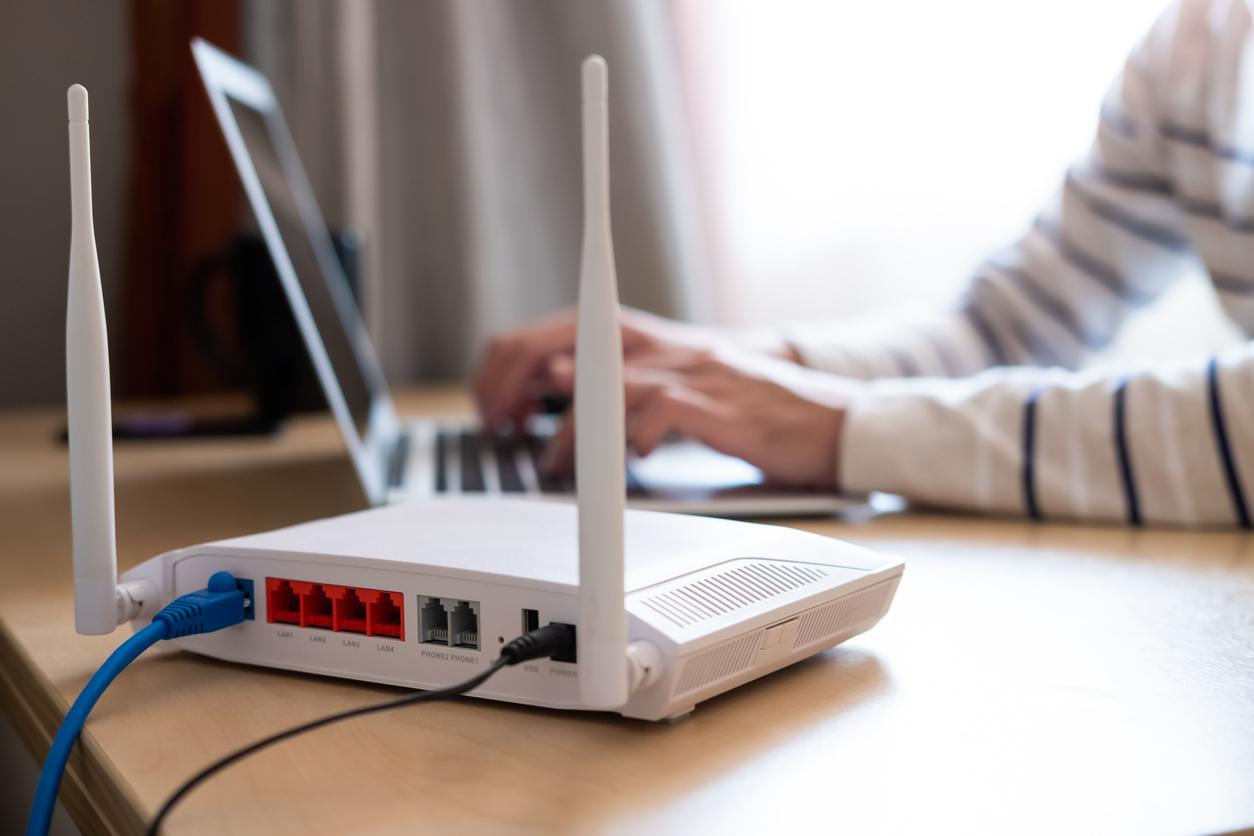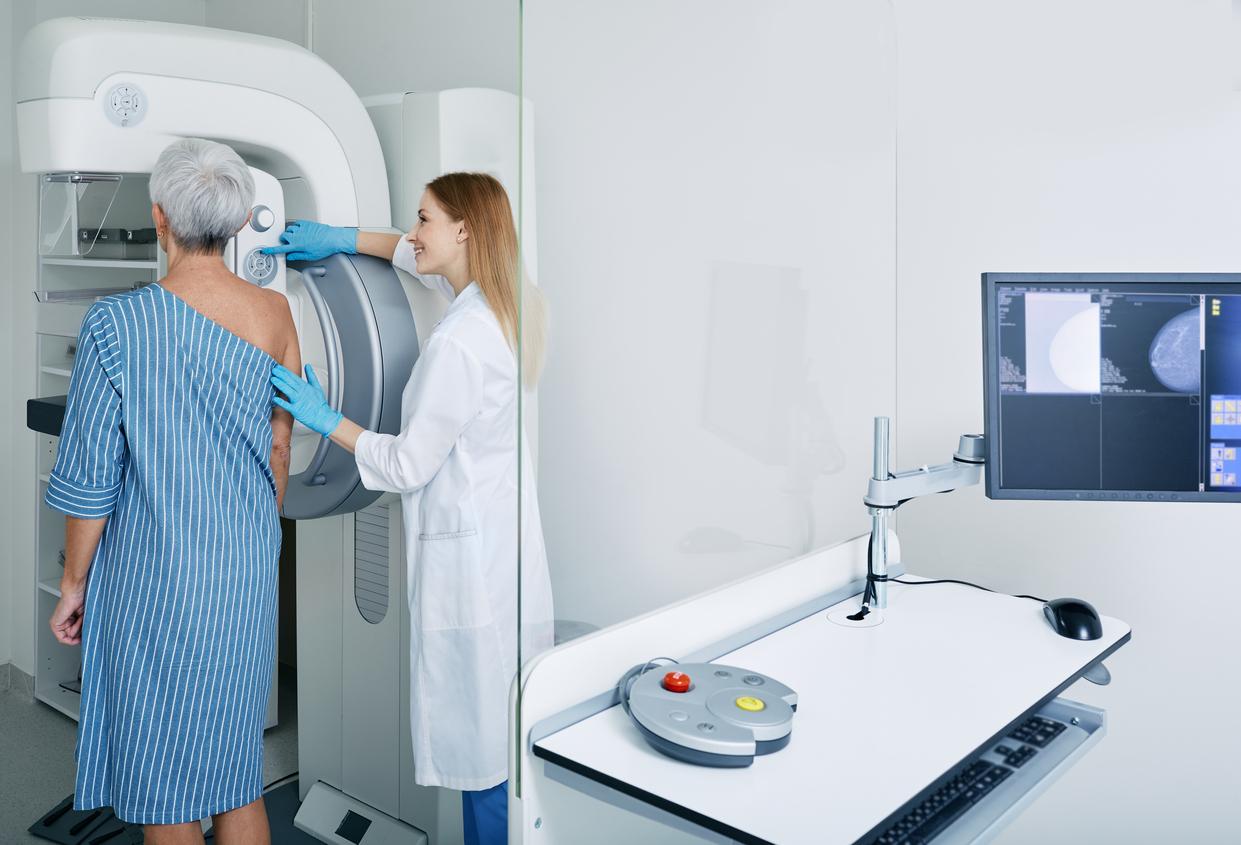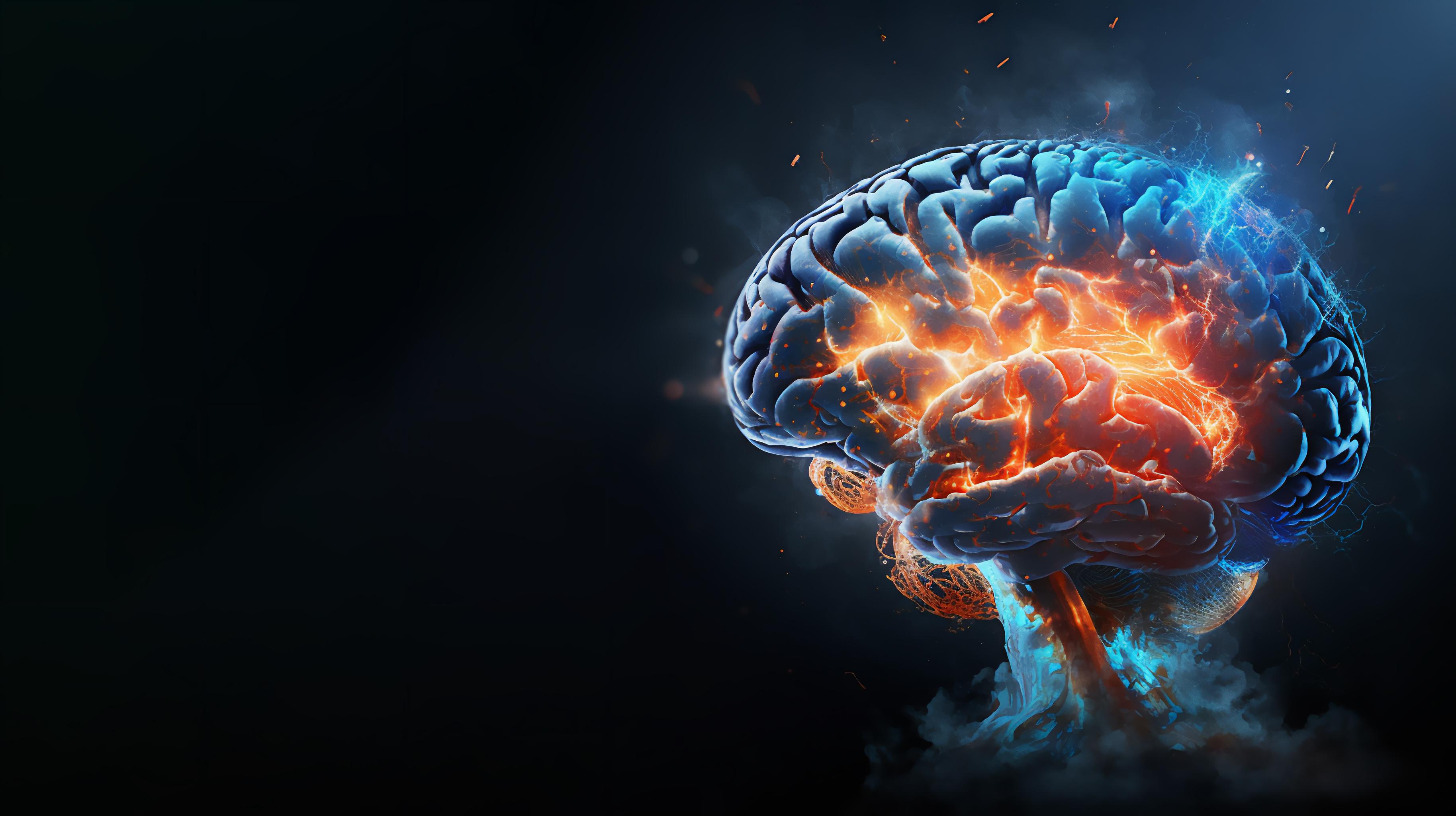Researchers have developed an artificial intelligence capable of detecting certain respiratory diseases by analyzing wifi waves.

- 7% of the population has neither a smartphone nor an internet connection at home in France, according to an INSEE report published on January 24, 2022.
- Only a third of people without a phone have internet access at home and more than half have never used the internet in their lifetime.
In 2021, 93% of households had internet access in France, according to the National Institute of Statistics and Economic Studies (INSEE). For the vast majority, this is done by wifi, a technique that allows wireless communication between various devices (computer, television, smartphone, etc.) using radio waves.
WiFi wave analysis using artificial intelligence
Researchers from National Institute of Standards and Technology (NIST), an agency of the US government, have just proven that these waves could be used to detect respiratory diseases. Their work has been published in the journal IEEE Access.
Internet routers broadcast streaming waves that our devices use to connect to the network. These waves move and pass through what surrounds them: walls, furniture and humans! Thus, our movements or our breathing can modify the path of the wifi signal, from the router to the devices.
The scientists therefore wanted to understand whether the analysis of the modification of this course of the waves by our breathing could make it possible to detect health problems. For this, NIST researchers have developed an algorithm, called BreatheSmart. This artificial intelligence is able to analyze the alterations of the waves.
Detect respiratory diseases in more than 99% of cases
To test BreatheSmart, the scientists installed a human mannequin in an anechoic chamber, that is to say a room that absorbs waves. It had been programmed to mimic different respiratory conditions: normal breathing, asthma, pneumonia, chronic obstructive pulmonary disease (COPD), etc.
In the room provided for the experiment, a router and a wave receiving device – of the computer or smartphone type – have also been installed. The goal was to see how the waves of the wifi signal were modified depending on how the model’s chest moved. Thus, the researchers were able to record signal changes for normal breathing and for different pathologies.
Result: the artificial intelligence algorithm developed by the researchers was able to detect and classify a respiratory disease with a certainty rate of 99.54%.
Eventually, thanks to this artificial intelligence, the researchers hope to be able to develop an automated method of diagnosing respiratory diseases… And accessible to the greatest number since 92% of households had access to the internet in 2021 throughout the whole of France. European Union to 27 countries, according to the National Institute of Statistics and Economic Studies (INSEE).
















